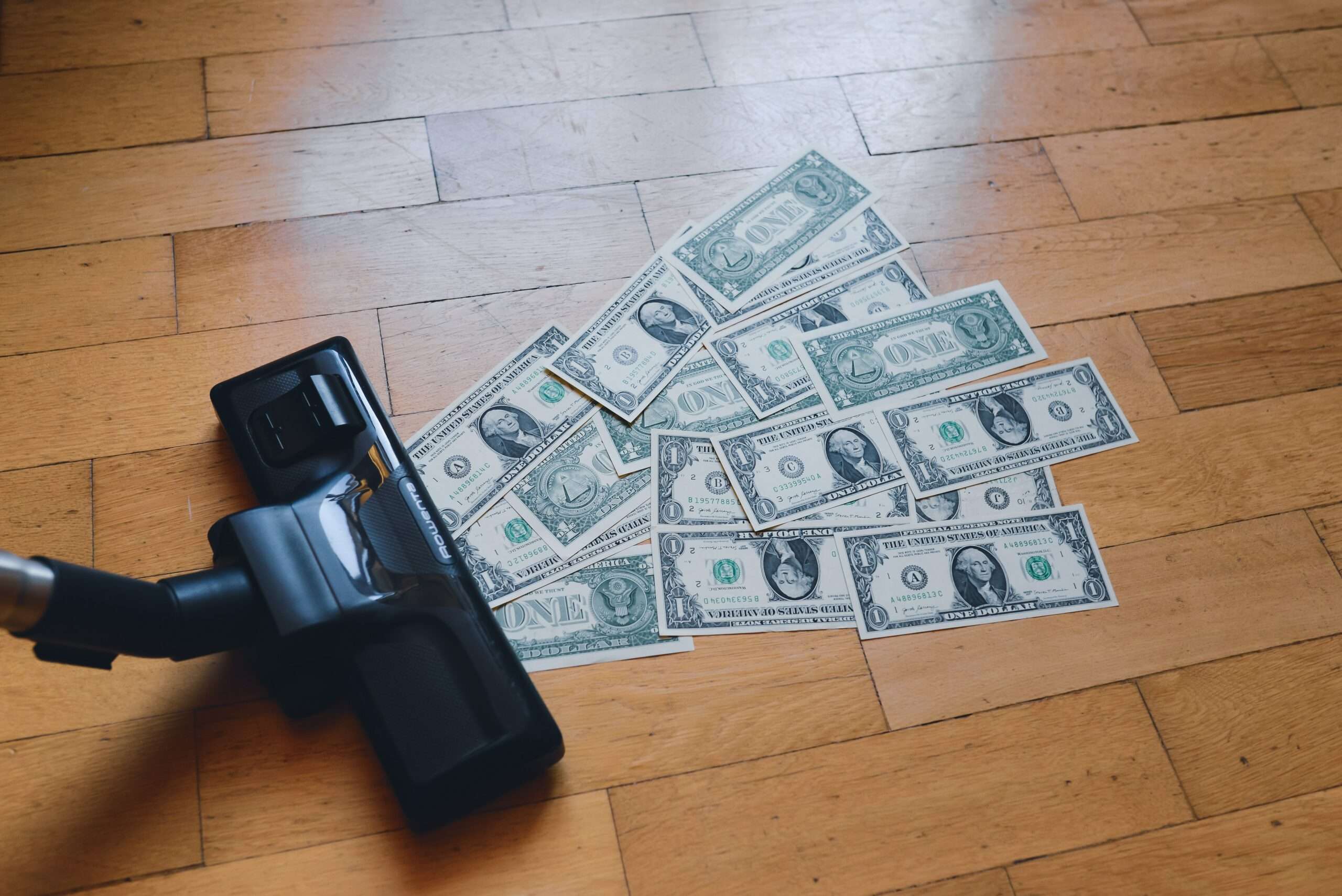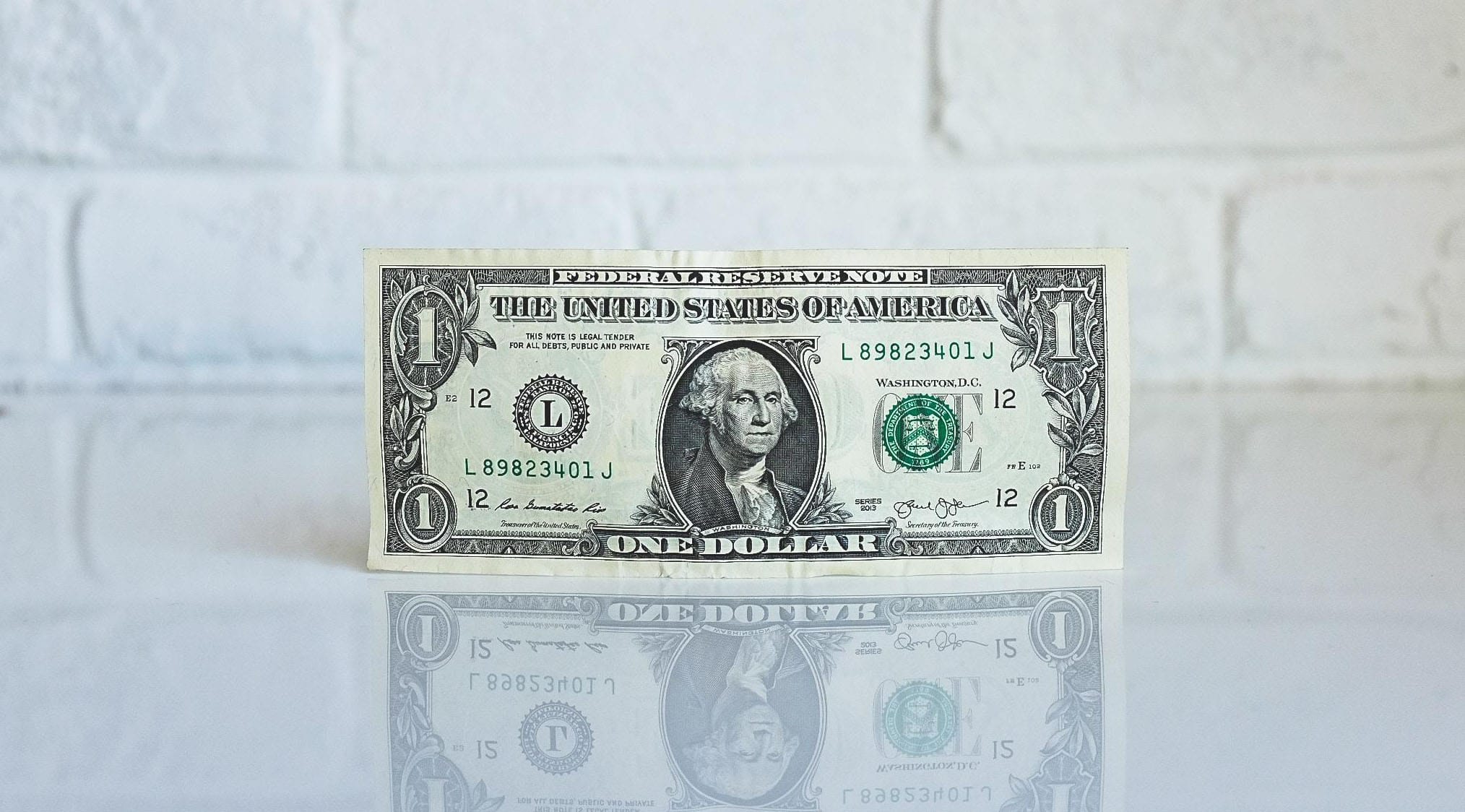La version française de cet article suit
Is a recession possible before the end of the year? The German central bank fears it is. 72% of American economists also believe so in a survey conducted by their association. However, many leaders think that domestic demand will help to avoid the worst. The subject was at the center of many animated discussions at the central bankers’ meeting in Jackson Hole this summer. Is a recession predictable?
My first recession was in 1973, and since then I have experienced five more. To understand what is happening, each economist has his or her little hints to which they pay special attention. These are mine.
As before every earthquake, recessions are preceded by warning signs. Already in the third quarter of last year, Germany, Sweden, Japan, Italy, and Switzerland had experienced negative growth. The business climate got better at the beginning of the year because production mainly fed into stocks. They were responsible for one-third of the growth. But such a situation usually does not last. It is always essential to follow the evolution of stocks in an economy. Today, they are too high.
Another sign of volatility is the development of currencies. Since the beginning of the year, almost all of them have lost value against the dollar. It is the case for the euro, the pound sterling, and most of the emerging countries’ currencies. For example, the Argentine peso collapsed by 40% (also because of the fear of another default). The dollar continues to be perceived by many investors as a haven in case of a possible recession.
It also applies to the Swiss Franc, which always appreciates during economic turmoil. The Swiss National Bank is probably now intervening to keep it close to 1.10 against the Euro. As is often the case, the Japanese yen is following suit and goes up.
Bonds returning negative yields are now exceeding $15 trillion. According to the OECD, industrialized countries will pay barely 1.77% of their GDP for interest on their debt this year, the lowest level since 1975. Investors are increasingly looking for security and believe that interest rates will fall as a result of central bank stimulus measures.
Some hints are more conventional: the price of gold and the price of oil. Gold has gained more than 20% in value since the beginning of the year. On the other hand, oil has lost almost as much in the last six months – not a good sign.
The evolution of the price of certain raw materials can also be very telling. Copper is essential because it is involved in most industrial processes. It has lost 18% since April. As for the agricultural products index of the Economist, it dropped by 17.8% in one year. For developing countries, the Li Keqiang index, named after the Chinese Prime Minister, can be useful: electricity consumption, rail transport, and bank loans. Everywhere it is falling.
Add to that a little protectionism, the crisis in the Straits of Hormuz, Brexit, instability in Hong Kong, unpredictability in the White House, and the overall global economic situation does not look very encouraging.
The main uncertainty remains the performance of domestic demand. It accounts for two-thirds to three-quarters of GDP in most major economies. For the moment, it is relatively resilient in the United States (as indicated in the recent Q2 statistics), in China and to a lesser extent in Europe.
Probably, the pattern of consumption will be different. Consumers are likely to concentrate their purchases over a few periods during the year. We can, therefore, expect a slowdown after the holidays, recovery during the major Internet sales (11 November for Alibaba) and a few good surprises for Christmas and then New Year season.
My assumptions for the next few months: a general slowdown, anemic growth, occasional risks of recession only in certain countries (Germany, Italy, Great Britain, Hong Kong or Russia), persistently low interest rates, a strong dollar and Swiss franc, loose monetary policies by central banks, fiscal stimulus by several governments (notably the US and Germany), and patchy private consumption which is weakening but not collapsing.
However, one should always keep in mind what John Kenneth Galbraith said:

 4.0
4.0 



















